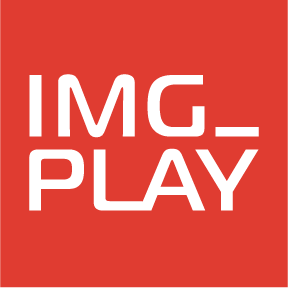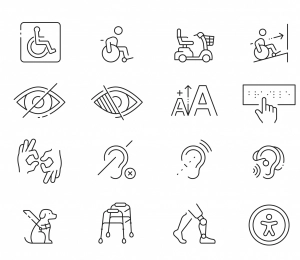Digital Education Focused on Progress, and Secure Learning Environments.

In a longstanding partnership, KTH- Royal Institute of Technology and IMG _Play have forged a alliance focused on enhancing digital learning. This collaboration has been marked by close cooperation between IMG_ Play and esteemed professors at KTH, with a shared goal of providing comprehensive support for digital learning encompassing video, learning management systems (LMS), and accessibility.
At the heart of this collaboration is KTH’s Department of Digital Learning, serving as the hub where research and proven expertise in digital media and learning converge.
This department plays a pivotal role in developing knowledge and consulting in digital platforms, creation of online courses, and videos to support education and learning. The work between KTH and IMG_Play is a testament to the shared commitment to advancing digital learning methodologies and dive in new platforms.
Collaboration on OLI Torus
IMG_Play and KTH have established a significant cooperation within the framework of OLI Torus, a powerful platform that promotes lifelong learning through mission-based education. It extends across multiple courses, where IMG_Play not only creates content but also provides consultation in E-learning and pedagogy.
The platform’s latest upgrade, Torus v.24, was released to prepare for the fall semester, introducing new features and user-friendly interface updates.
Example of OLI Torus Courses now and then at KTH:
- Democratic Digitalization for Arbetsförmedlingen (The Employment Service): The project aims to enhance the general digital competence of Arbetsförmedlingen’s employees.
- Problem Solving in Digital Environments: 1000 students.
- Math Physics Courses with RCN KTH: Integrated with Moodle, 330 students in Mathematics and 240 students in Physics.
- Open Torus Courses without LMS: Summer Programming 2023 (1300 students) and Introductory Relativity Theory (400 students).
Note the use of SHA 256 encryption for anonymizing student ID’s during Arbetsförmedlingen’s (The Employment Service) courses. Using SHA in Learning Management Systems (LMS) can enhance security. Hash functions like SHA are valuable for password storage. Instead of storing actual passwords, LMS systems can store their hash values.
New Features in OLI Torus V.24:
- Onboarding Tools: Support for guided processes for both students and instructors, facilitating the introduction to courses.
- Priority Functionality: Focus on Equity-Centered Courseware Pilot and migration from the Legacy OLI platform.
- Support for Evidence-Based Development: Collaboration with KTH and Arbetsförmedlingen (The Employment Service) integrates research and evaluation of digital competence development.
Stay in the loop:
What is an LMS? A Learning Management System (LMS) is a digital platform for administering, creating, and distributing learning and training within an organization. It serves as a tool for digital learning, allowing companies to design and deliver courses for employee development and onboarding.
Why OLI Torus? This revolutionary initiative builds upon the trailblazing accomplishments of CMU’s Open Learning Initiative, ushering in a new era of educational technology. Noteworthy features include powerful tools for publishing courseware, offering functionalities like versioning, seamless product management, and much more.
Torus: Smarter learning, better results! Torus is all about smart learning. It uses science to shape course design, gathers data from students, and improves the learning materials. It’s open-minded but focused on better outcomes. As a not-for-profit, open-source project in higher education, Torus stands out in making learning more effective.

Read more about OLI Torus and get started
Oli Torus biggest update
Get in contact with us!






